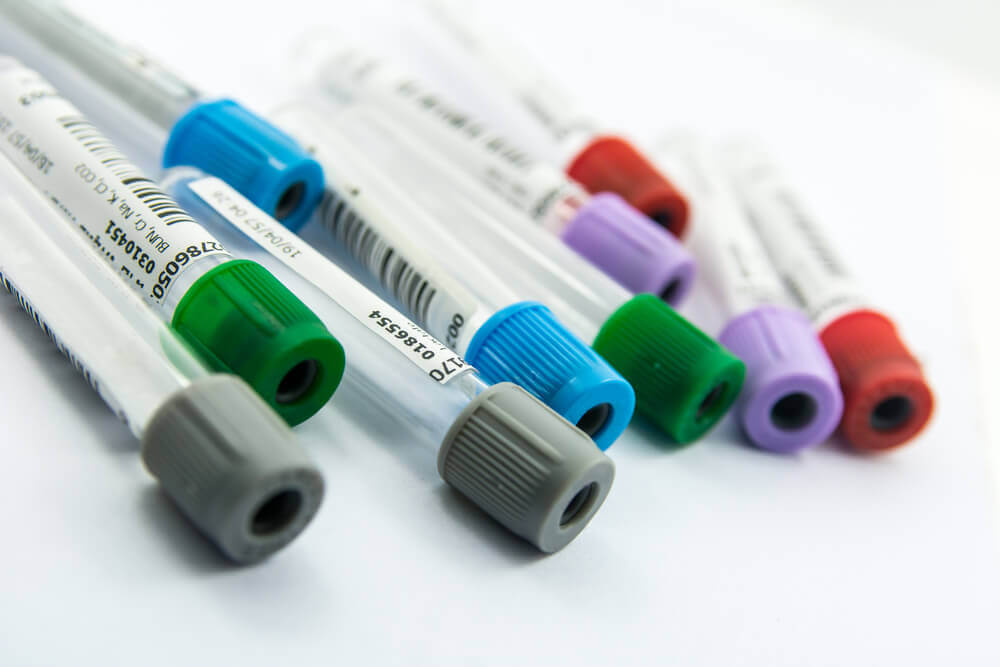How the Xarelto Anticoagulant Works
To understand Xarelto, we first have to understand blood clots. Blood clotting (or “coagulation”) happens in a common series of reactions called the blood coagulation cascade. The process depends on a protein called Factor Xa. The liver uses vitamin K to create Factor Xa.
Older anticoagulants like Coumadin worked by binding to vitamin K in the blood. So if a patient had gastrointestinal bleeding, for example, he or she could easily take a vitamin K pill to overwhelm and counteract the effects of Coumadin. That makes Coumadin difficult on the patient, because eating a salad (or other vegetables) will put more vitamin K into the system and could lead to blood clots.
Xarelto works by going further down the process to stop Factor Xa—the product of vitamin K—from creating fibers to plug up injuries. Xarelto prevents blood from coagulating by binding to Factor Xa and stopping it from clotting blood. In other words, no matter how much vitamin K the patient introduces, blood still will not clot. But such an effective drug comes at a cost: there is no antidote to reverse Xarelto’s blood-thinning effects if you have internal bleeding. That has led to thousands of injured patients and can even be fatal.
Why You May Be Prescribed an Anticoagulant
Xarelto is a popular drug for fighting blood clots partly because the body can easily absorb it. How well the body can absorb a medication is called “bioavailability.” A 10-mg dose of Xarelto has nearly complete bioavailability, and can be taken with or without food. It starts fighting blood clots in just two to four hours after you take it. This means that almost all of the active ingredient is absorbed by the blood stream and is able to be used in the body to allow blood to move more freely without clotting.
Doctors prescribe Xarelto because it gets into your system quickly, does its job well, and stays there for up to 24 hours. But because it is such a powerful drug, it has also been linked to several negative side effects including serious and fatal bleeding. By blocking a central point in the blood coagulation process, Xarelto also prevents normal body coagulation processes from occurring, which, when taken in high doses can lead to severe side effects such as uncontrolled bleeding. Those with active pathological hemorrhage are at extreme risk when using Xarelto and should consult their physician about the need for blood replacement if excessive bleeding occurs.
If you or a loved one has suffered an injury while taking Xarelto, you may be entitled to financial compensation. Get a free case evaluation today.
